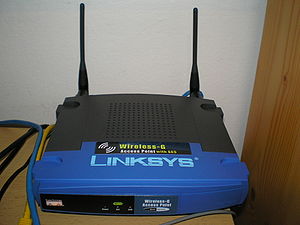
- Image via Wikipedia
Crunchgear reports today that researchers have developed an attack against WPA Encryption when using the TKIP protocol.
If you haven’t already, change your wireless access point security settings to the AES Protocol, or switch to WPA2 to stay one step ahead of them. Or, if you are out and about, and cannot do so, consider using SSH Tunneling or VPN to encrypt your connection a second time.
Related articles by Zemanta
- New attack cracks common Wi-Fi encryption in a minute (infoworld.com)
- WiFi For Dummies: 9 Common Mistakes Setting Up a Wireless Network (makeuseof.com)


![Reblog this post [with Zemanta]](http://img.zemanta.com/reblog_c.png?x-id=68f0c710-8b40-48c0-8ddf-345d475606d8)
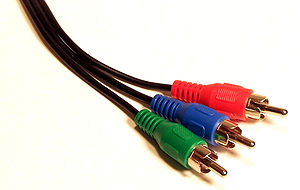

![Reblog this post [with Zemanta]](http://img.zemanta.com/reblog_c.png?x-id=e5cb12b6-0e95-4cc5-a433-0c05b92bccbf)
![Reblog this post [with Zemanta]](http://img.zemanta.com/reblog_e.png?x-id=97cea91f-4a5f-4d97-bc4e-2ee196369e85)
![Reblog this post [with Zemanta]](http://img.zemanta.com/reblog_e.png?x-id=7e072992-a120-4781-8f83-cf3e1ecb9ade)


![Reblog this post [with Zemanta]](http://img.zemanta.com/reblog_e.png?x-id=f627cef1-a229-4446-8a81-a67cfaaefd82)


![Reblog this post [with Zemanta]](http://img.zemanta.com/reblog_e.png?x-id=d255759e-37b8-4f7e-8715-256f615b7c07)
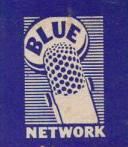

![Reblog this post [with Zemanta]](http://img.zemanta.com/reblog_e.png?x-id=50b70806-18c8-4eda-a292-09918240b990)

![Reblog this post [with Zemanta]](http://img.zemanta.com/reblog_e.png?x-id=243f475f-6e20-4332-adf5-5a7a1880e3d2)
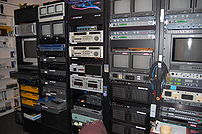

![Reblog this post [with Zemanta]](http://img.zemanta.com/reblog_e.png?x-id=4d58cfd9-ad4b-4b5a-9bca-b39fa8fa4901)
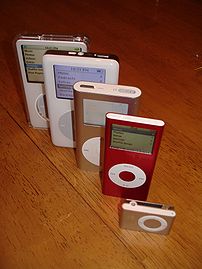

![Reblog this post [with Zemanta]](http://img.zemanta.com/reblog_e.png?x-id=de53b5bb-d875-45e8-b08f-8cafd6ddb2d7)